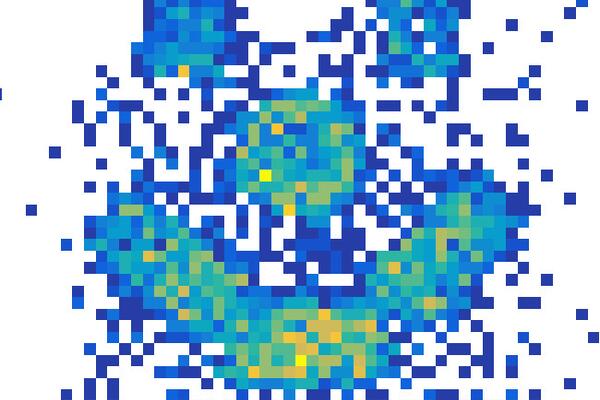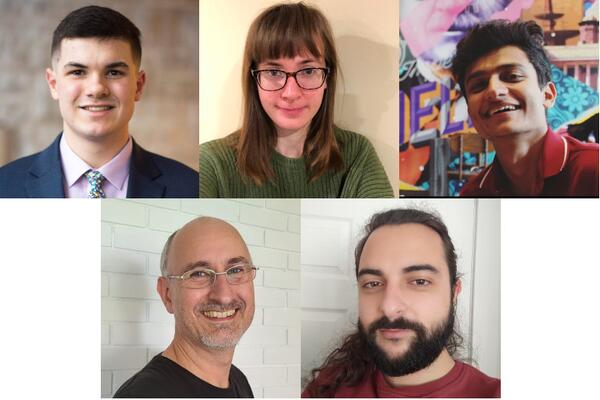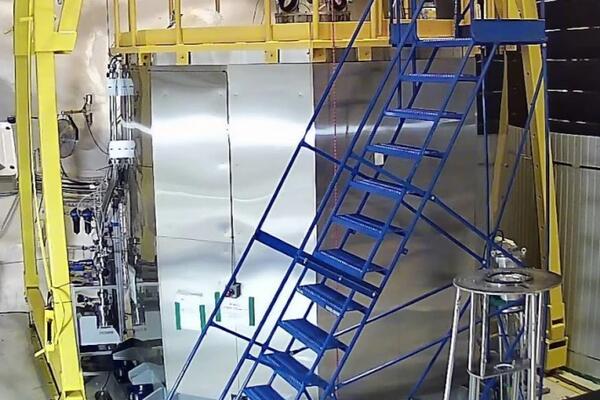On January 28th, 2020, NEWS-G collaborators from Kingston (Queen’s University) and Edmonton (University of Alberta) connected in Sudbury, Ontario to prepare for the installation of the detector at SNOLAB. Components of the detector were cleaned and prepared for the journey underground, installation logistics were reviewed and finalized, and the graduate students, along with Dr. Gilles Gerbier, received important health and safety training to allow them to work in the mine over the coming months.
PhD Candidate Marie Vidal narrates photographs taken onsite, beginning with the (above-ground) cleaning process.
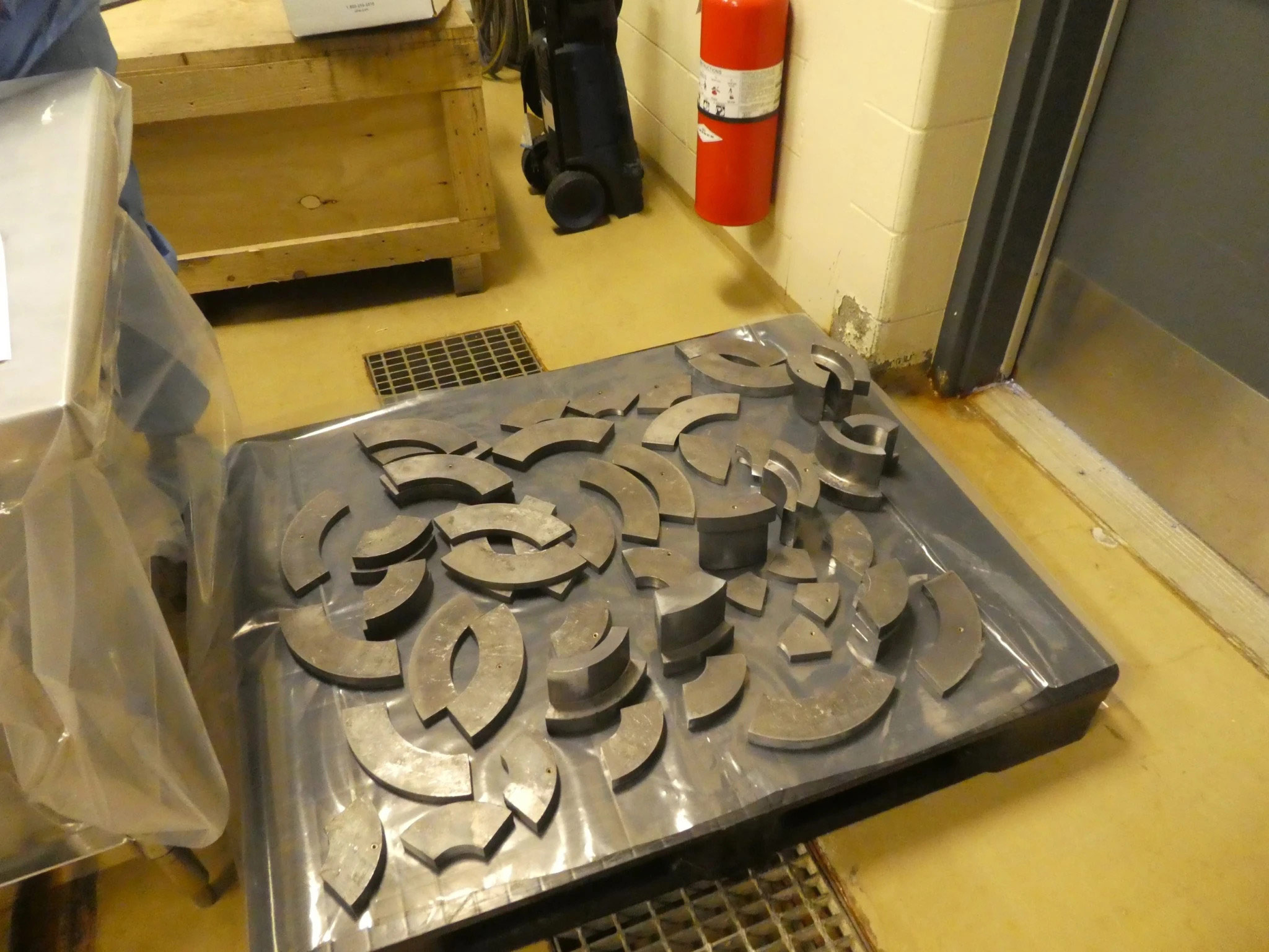
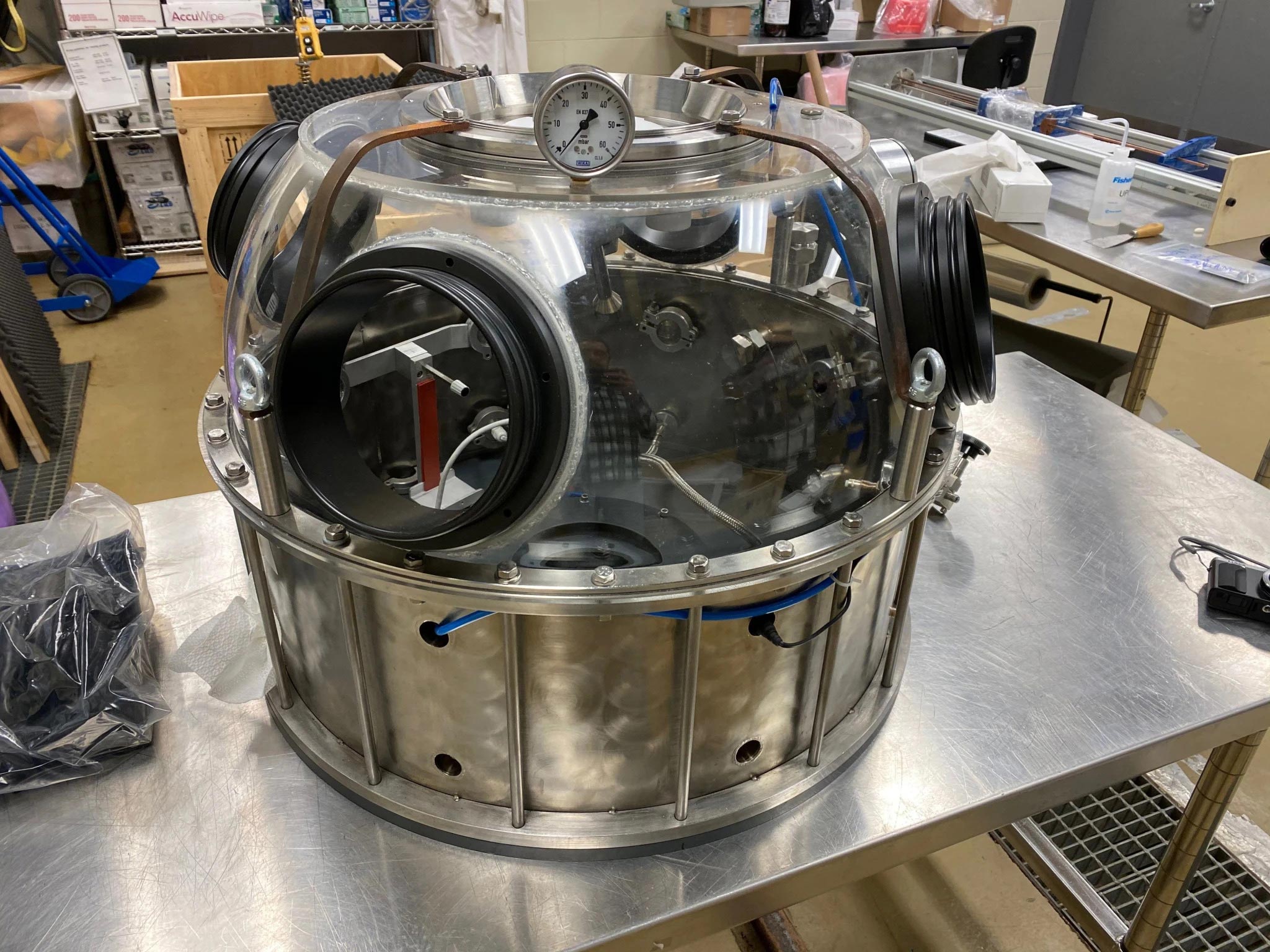
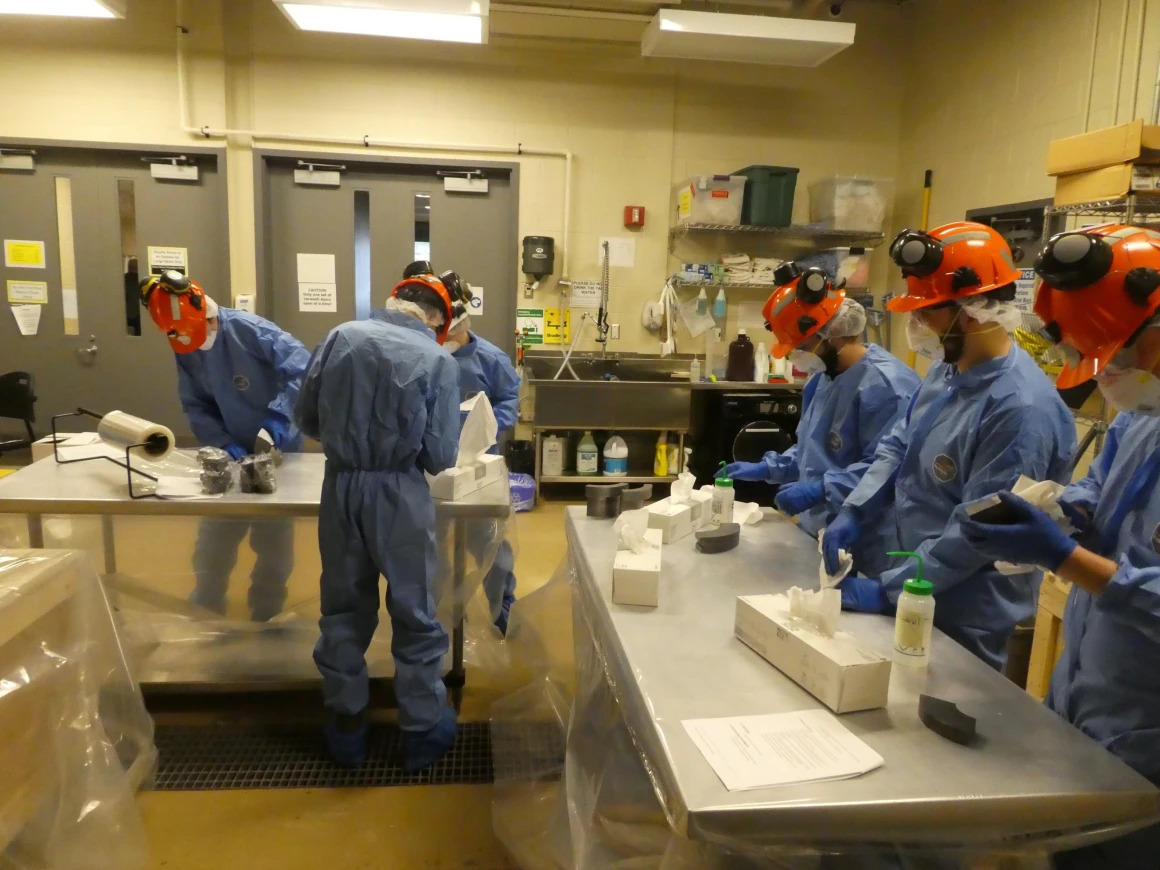
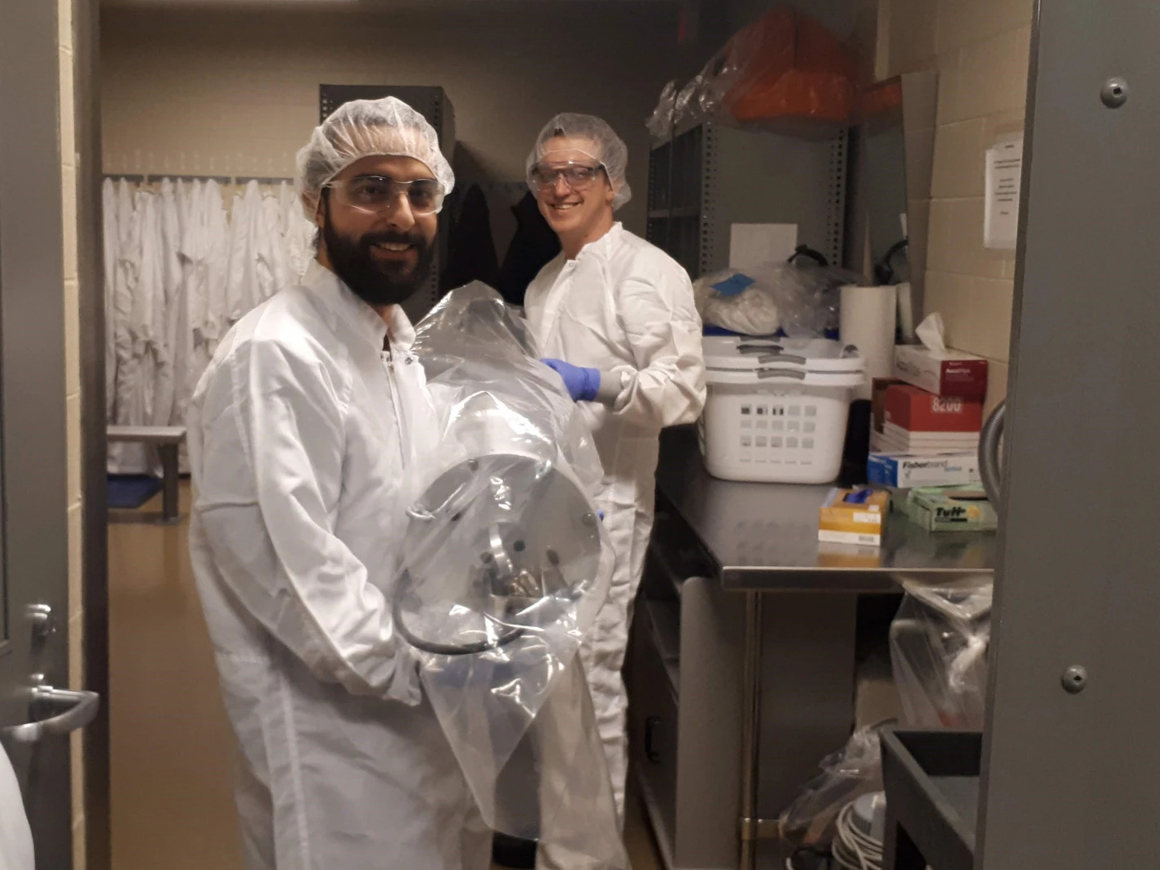
We received extensive training which taught us how to move safely through the Vale-owned mine in order to access SNOLAB. We also received on-site health and safety and emergency preparedness training within SNOLAB.
On January 29th our mine training began at 6:00 am. After 1.5 hours of above-ground training, we took the ‘cage’ down into the mine. The cage took us 2 km underground, and then we walked over a kilometer, stopping to inspect every safety station, until we reached SNOLAB. The mine is hot, humid and the pressure is 30% higher than at the surface of the Earth, making work underground even more tiring.
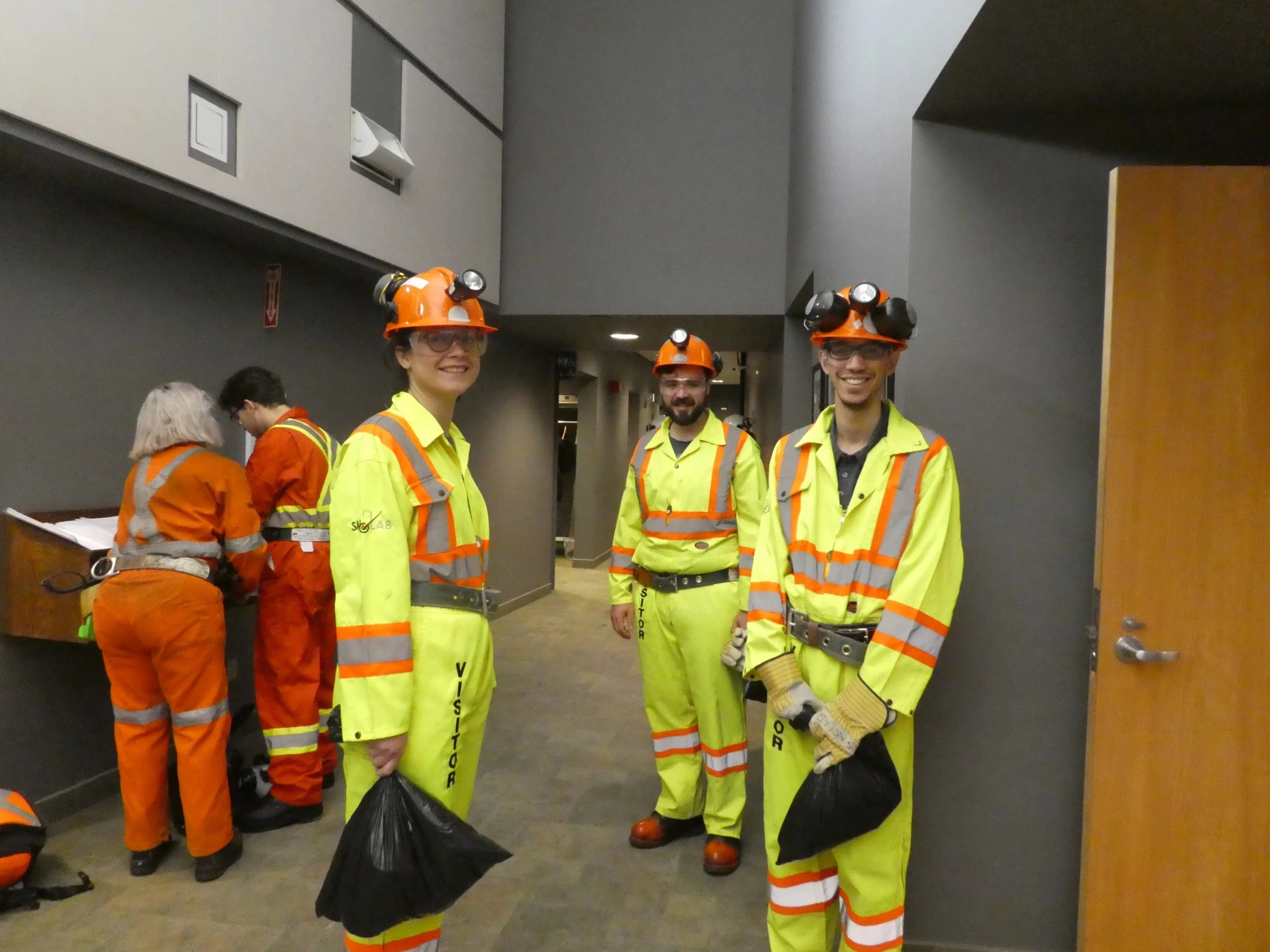

Just steps away from the entrance to SNOLAB. Everyone must shower and change their clothing before they can enter further.
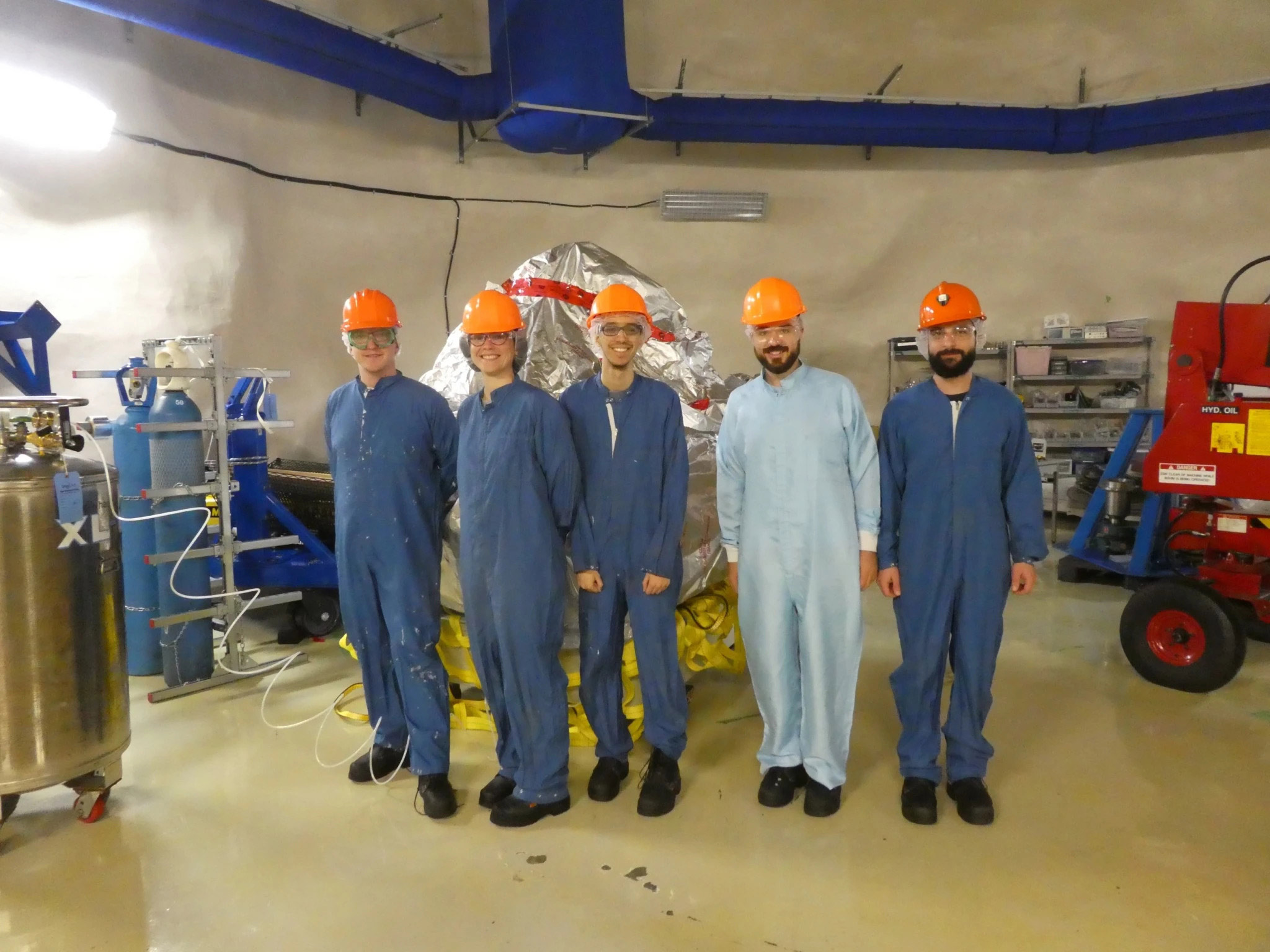
After a tour of some of the other physics experiments at SNOLAB (SuperCDMS/CUTE, SNO+, DEAP) we were able to finally lay eyes on the site where our experiment, NEWS-G, will be constructed.
All in all it was a great and productive trip!
 Queen's Physics Department
Queen's Physics Department